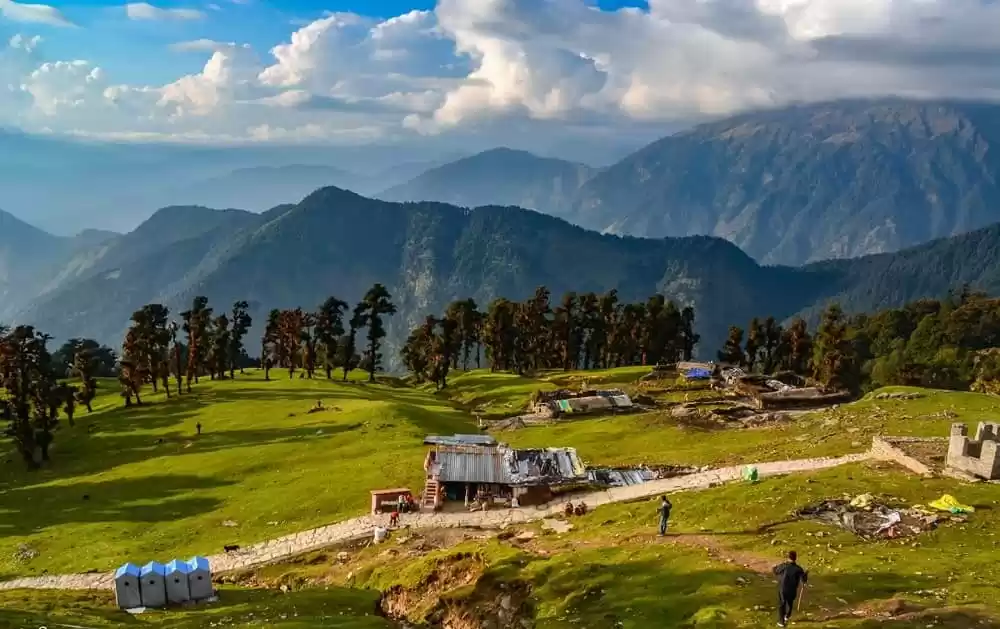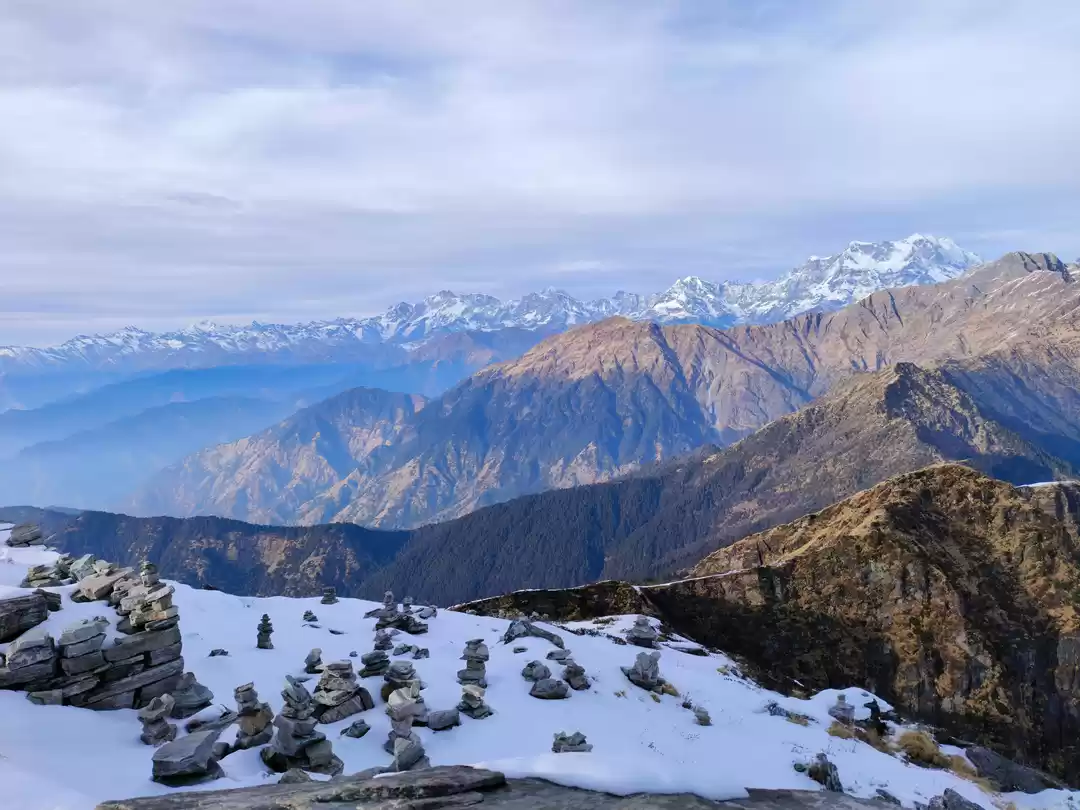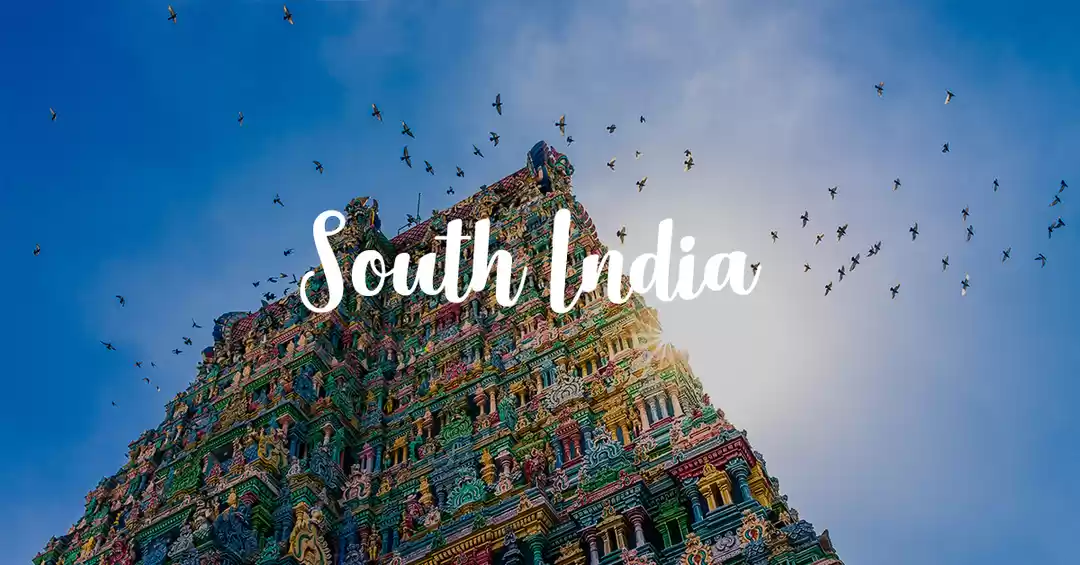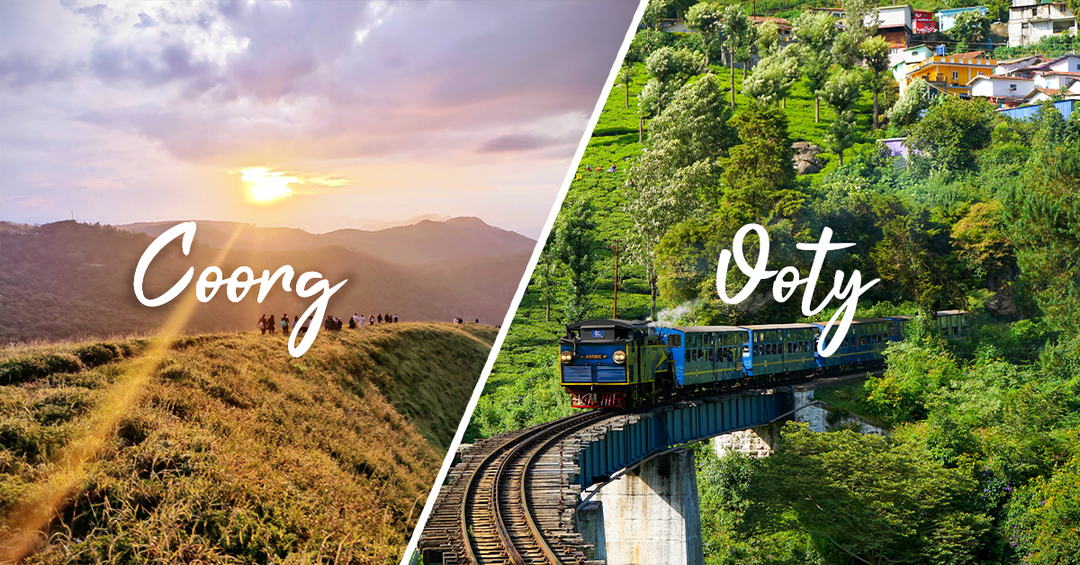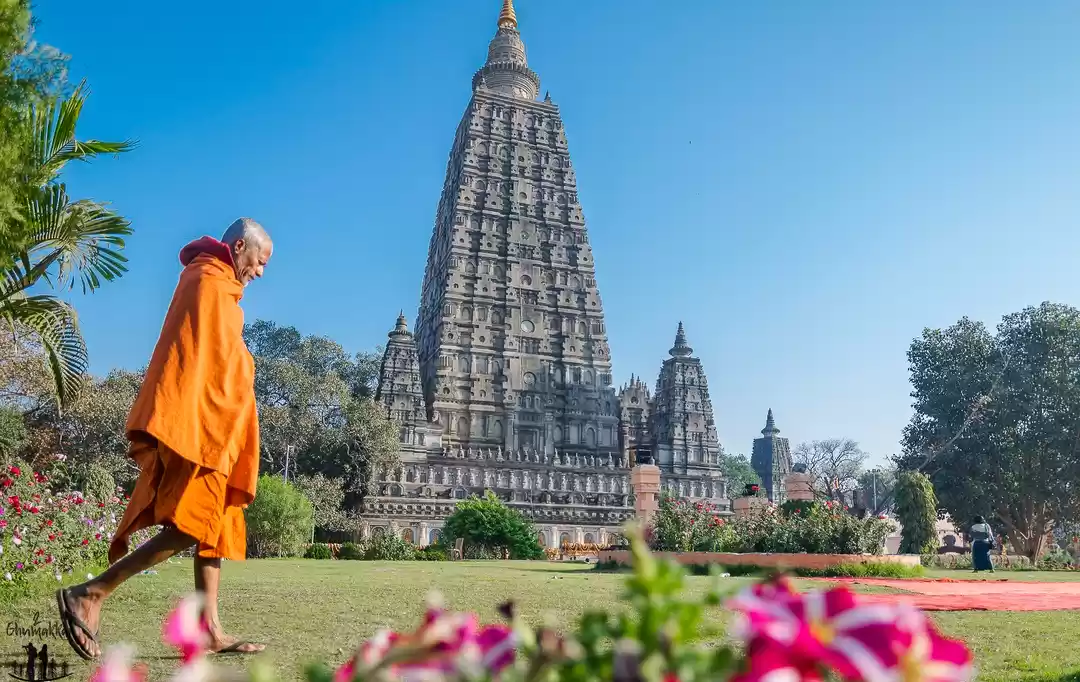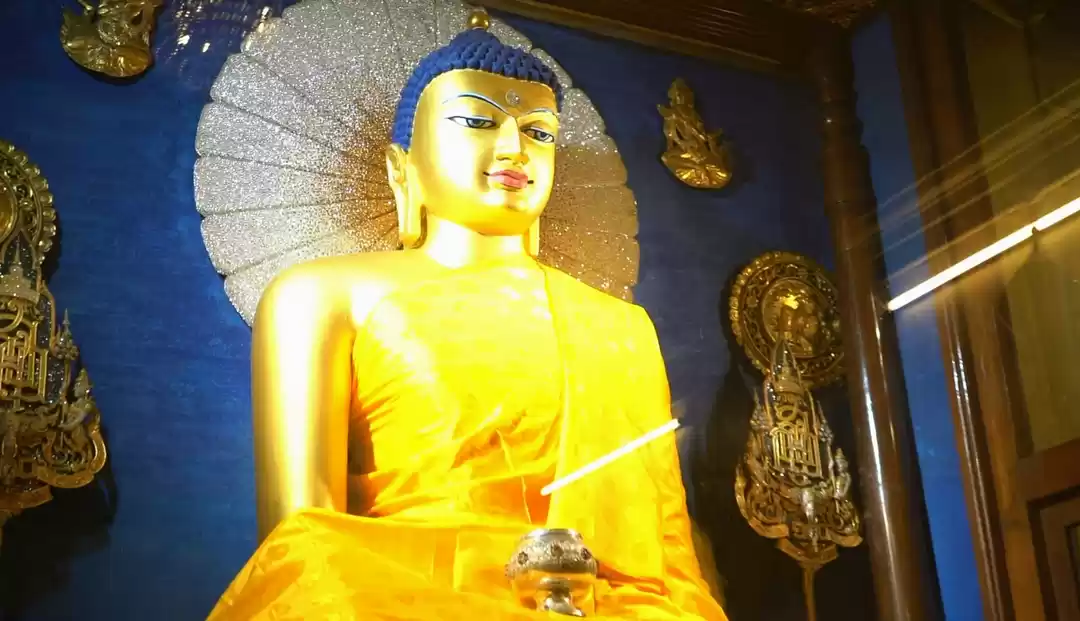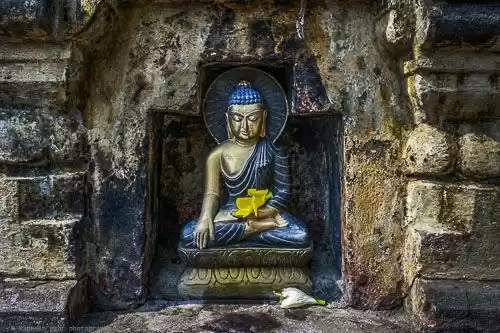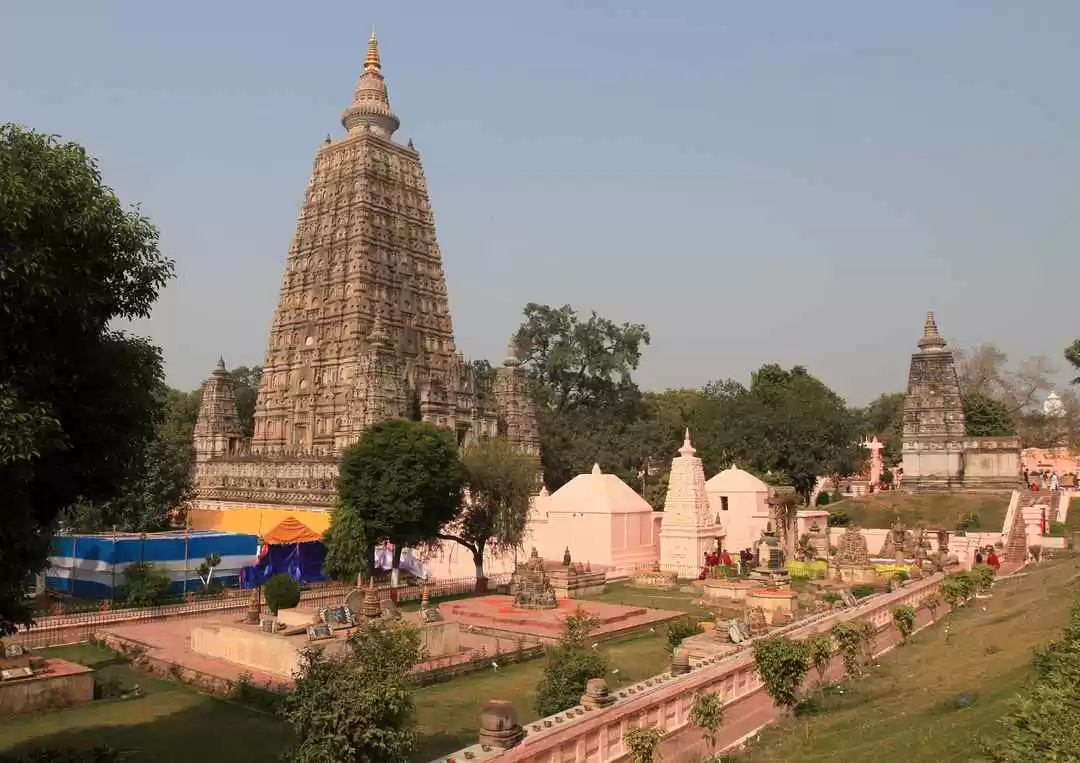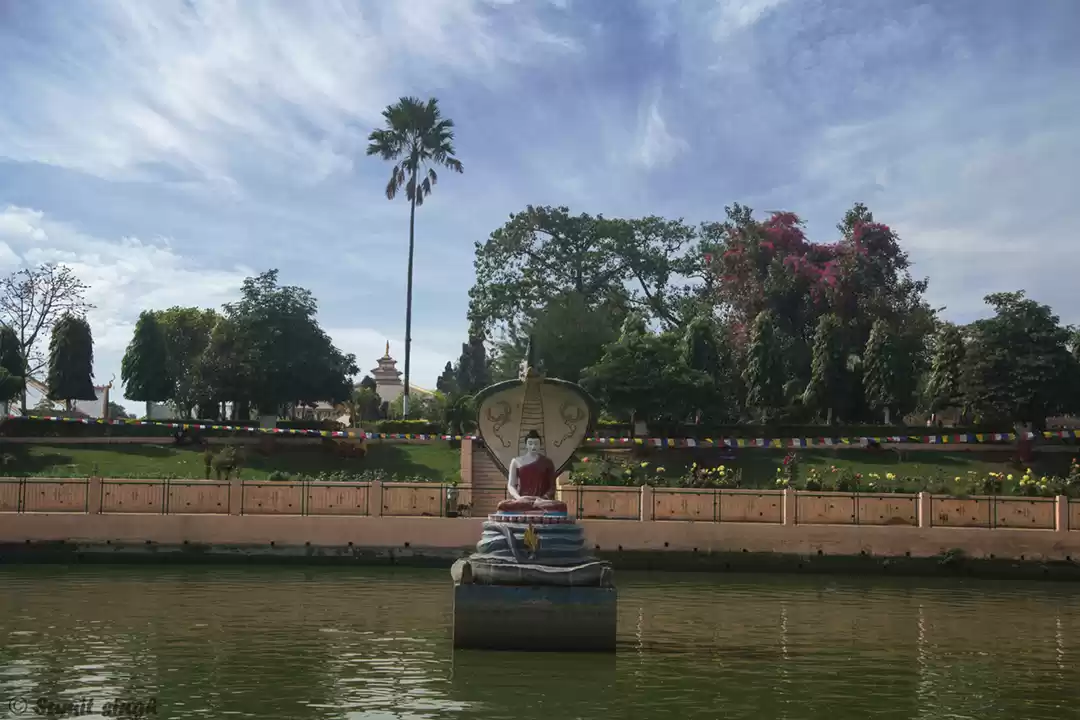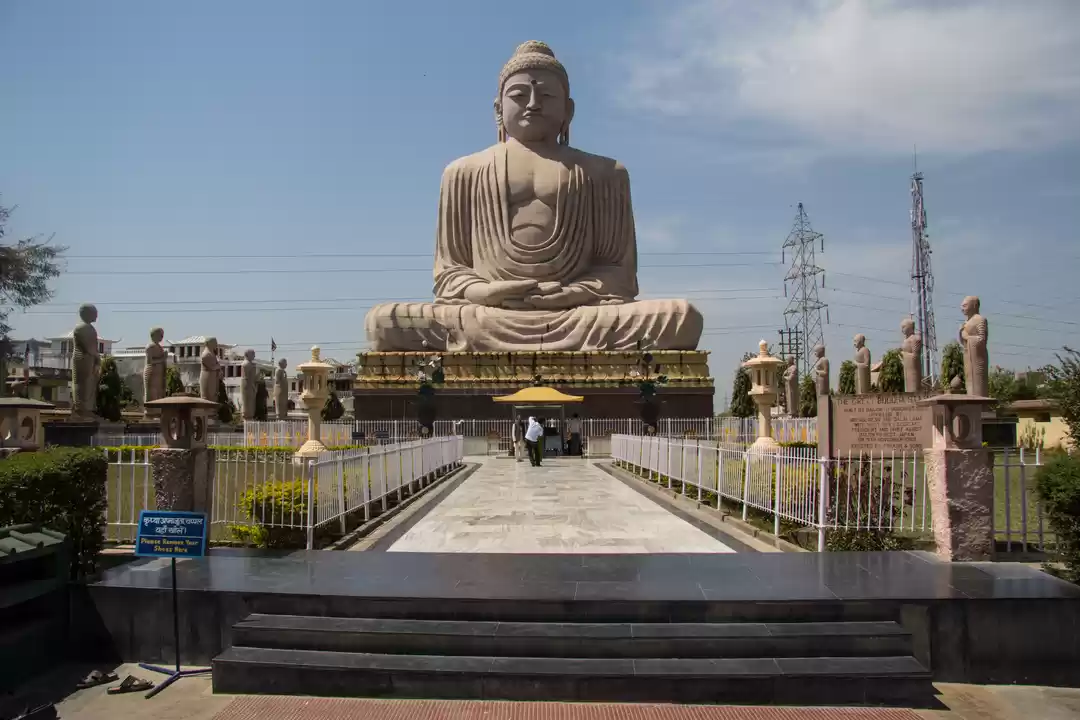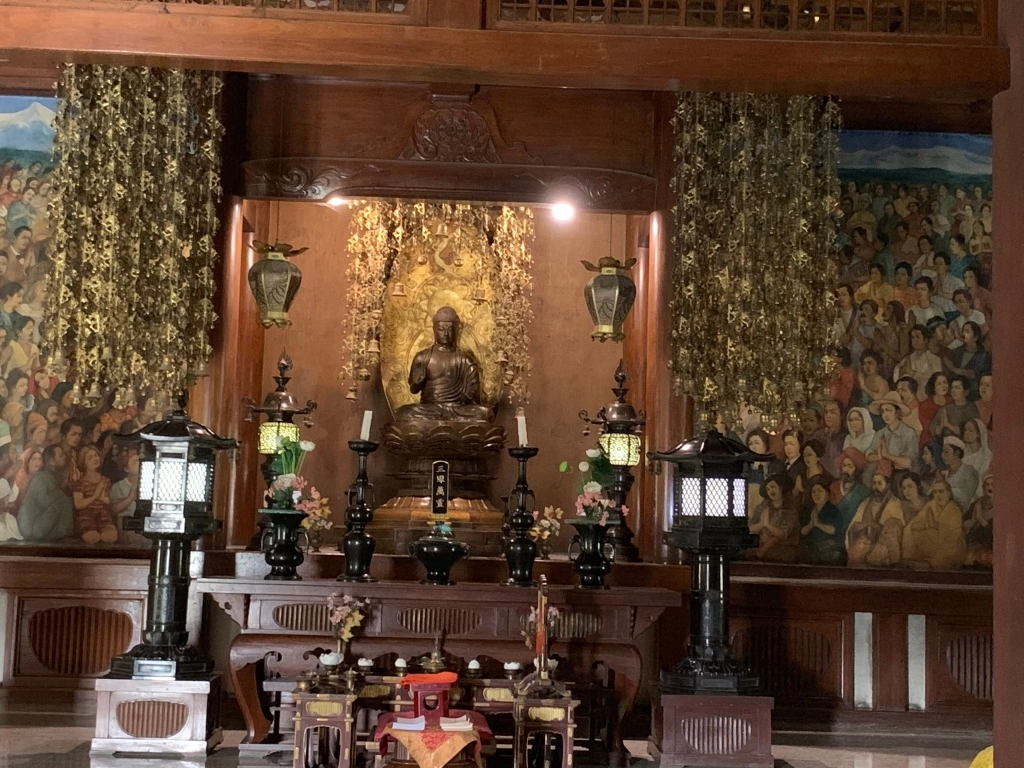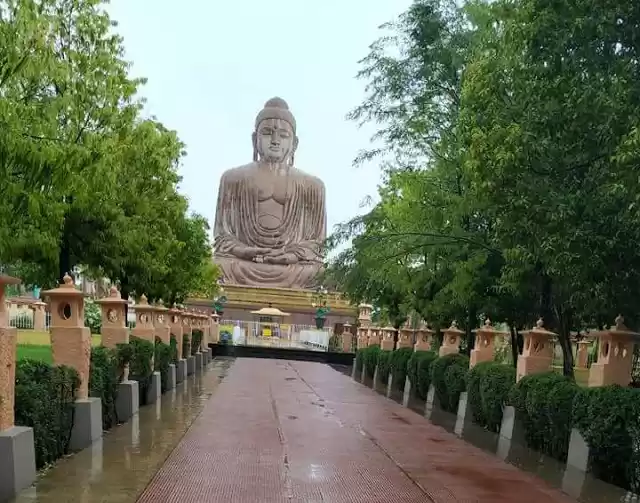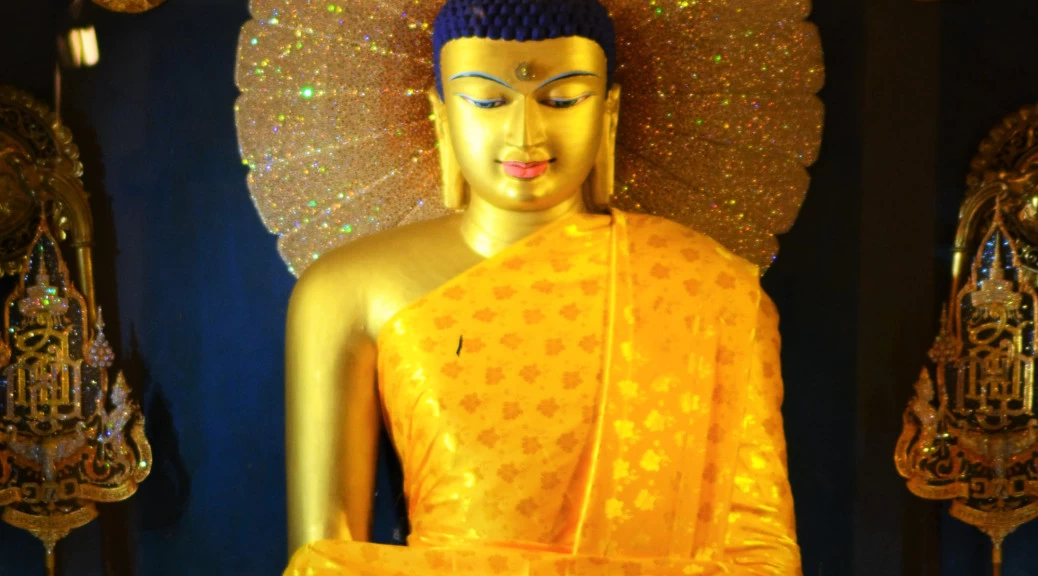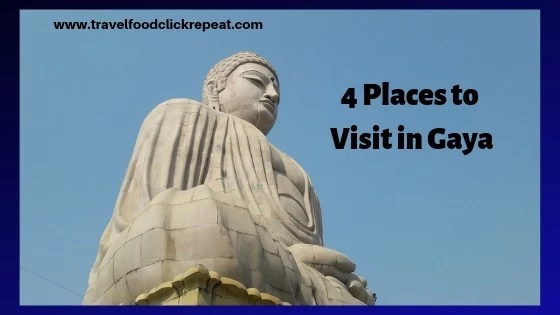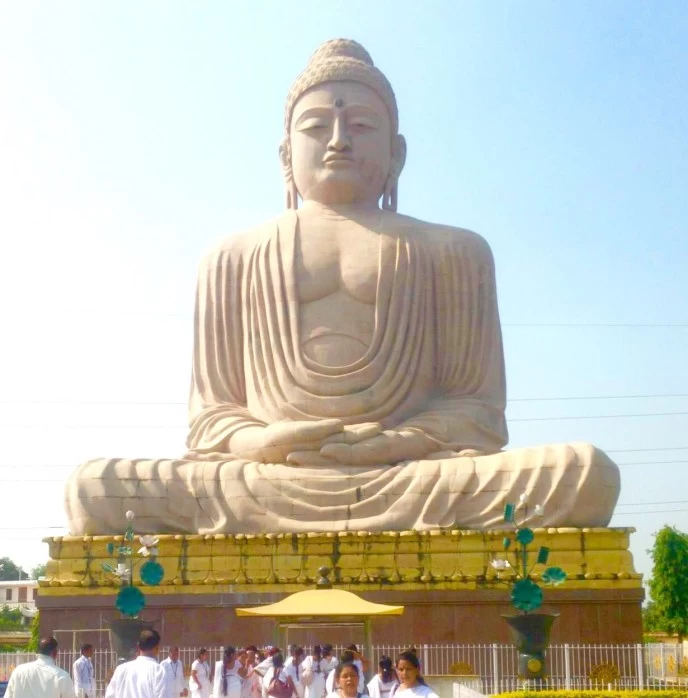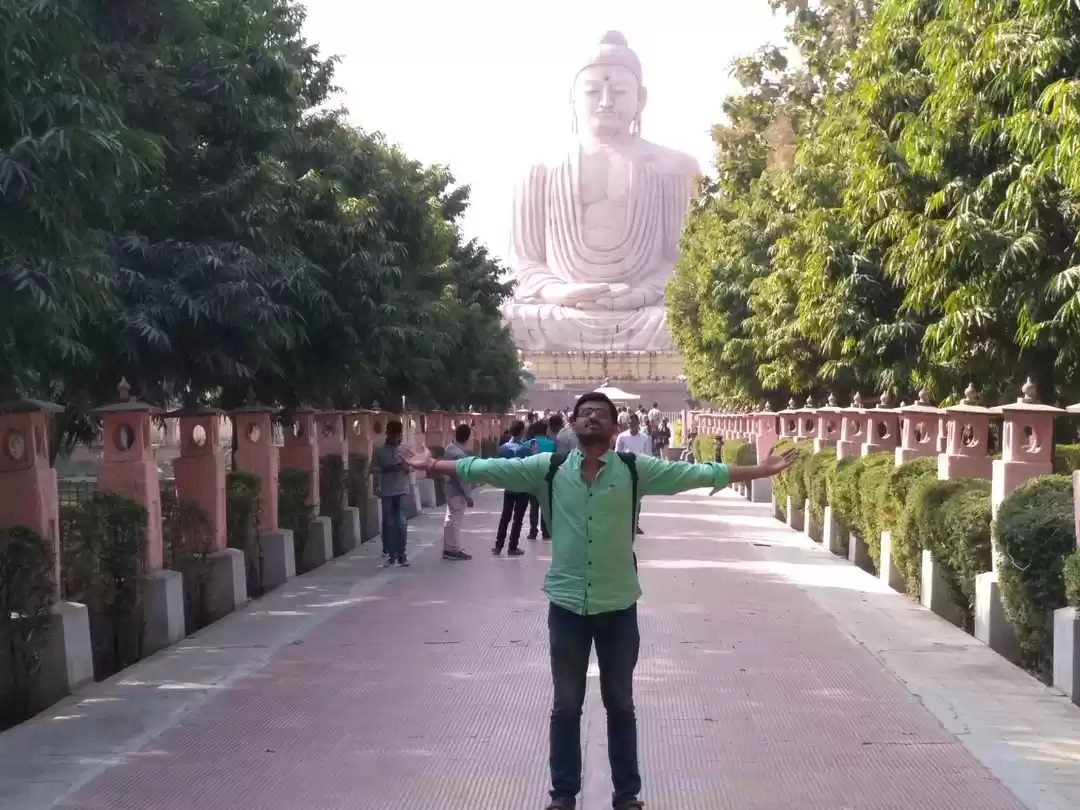
Bodh Gaya and Buddha
I have always been fascinated by the story of Gautam Buddha and how he achieved enlightenment. And it was sheer luck that took me to the place where it all began - Bodh Gaya.
One October evening, I am sitting with my relatives in Patna, the capital of the Indian State of Bihar. And the discussion goes towards Buddhism. Someone mentions Bodh Gaya and all of a sudden, we just plan for a trip to Bodh Gaya, which is not very far from Patna.
Bodh Gaya is the place where Siddhartha became Buddha-the Enlightened one. Bodh Gaya is one of the four sites named by the Buddha himself as being the holiest for Buddhists.
Come morning, and we are on our way to Bodh Gaya. It takes us three hours to reach the place.
Story of the enlightenment of Buddha
Before going on about the temple at Bodh Gaya and its importance, it is important to understand the history of the place.
It was around 2500 years ago that a young prince named Siddhartha Gautama, 29, is said to have left the family palace to meet his subjects. At this time, he was confronted with the reality of human suffering.
Wanting to end the suffering, he left the comfort of his palace and wandered from place to place, before making his way to a place near Bodh Gaya in India. There he remained, emphasizing a meditation in which he focused single-pointedly on the ultimate nature of all phenomena.
After training in this meditation for six years, he realized that he was very close to attaining full enlightenment.
Achieving enlightenment
Then on the full moon day of the fourth month of the lunar calendar, he seated himself beneath the Bodhi Tree (known as Peepal in India or Ficus Religiosa or Sacred Fig), in Bodh Gaya, in the meditation posture. He vowed not to rise from meditation until he had attained perfect enlightenment.
When his mind was purified by concentration, it is said he acquired the Three Knowledges. The first knowledge was that of his past lives and the past lives of all beings. The second knowledge was of the laws of karma. The third knowledge was that he was free of all obstacles and released from attachments.
This happened somewhere between 528 and 445 BCE. Buddha then taught others what he realized, along with the methods he used to achieve that realization. Those teachings have been passed down to the present day.
While there is some difference of opinion on the number of days he took to achieve enlightenment, the descendant of the tree under which he did so, the Mahabodhi tree, exists to this day in Bodh Gaya.

To respect the sacred site, Mauryan Emperor Ashoka (269-232 BCE) built the Mahabodhi Temple, 250 years after Buddha achieved enlightenment.
Exploring Bodh Gaya
The first thing which struck me about Bodh Gaya is that it has a very different vibe. Peace, quiet and religious harmony all seem to co-exist together. Though a lot of crowd is there, it is not chaotic. There is a sereneness in the environment.

The town is very clean with a lot of trees and looks peaceful and green.
Diverse architecture, common thread of Buddhism
Bodh Gaya has some unique monasteries which have been created by countries which follow Buddhism. These monasteries are unique in the sense that though Buddhism is the common factor binding all these monasteries, the architecture of each one is different and unique.
There are Buddhist temples and monasteries of Tibet, Thailand, Taiwan, Cambodia, Vietnam, Korea, Japan, Nepal, Sri Lanka etc.
The ones which I really like for their quiet and calm and the unique architecture are the Thai Monastery, Indosan Nipponji Temple, the Royal Bhutan Monastery, the Tibetan Monastery and of course, at the centre of it all, the Mahabodhi Temple.
The four Monasteries which are a must visit
Wat Thai Monastery
This is a monastery with a very distinctive Thai architectural influence and is in the style of Wats or Temples found in Thailand. The Government of Thailand established this monastery in 1957 in collaboration with Buddhist monks.

I am quite taken in by the sloping red roofs covered with golden coloured tiles. It is interesting to observe the quiet inside the temple and I just feel like sitting there and praying. It is so peaceful, not a sound to be heard. The bronze statue of Buddha is enormous and elegant.
I talk to a Monk there and he tells me that the monks residing there take pride in spreading the teachings of Lord Buddha and that every year in the month of January, retreats are organised that are held in complete silence.

Indosan Nipponji Temple
The Japani Temple as this is known, has a very distinctive architectural style, totally different from the other temples. It has a Japanese Zen like architectural style. The statue of Buddha is beautiful and it is nice to spend some time here.

Royal Bhutan Monastery
The Royal Bhutan Monastery has a simple and understated elegance. The Monastery was built by the King of Bhutan. The walls of the Monastery depict Buddhist sculptures. Beautiful lanterns adorn the ceilings. The Buddha statue painted in gold is stunning.

Tibetan Monastery
This is situated closed to the Mahabodhi Temple and was established in the year 1938. The monastery is known for the 10-metre high dharmachakra or Wheel of Law, which is painted in golden and red. There is a belief that if you rotate this wheel three times from left to right, one can free himself or herself of all the sins he/she has committed.

Here you can also see the image of Maitreya Buddha, which the Buddhists believe to be the future incarnation of Lord Buddha.
Great Buddha
This giant statue of Buddha was consecrated by the 14th Dalai Lama in November, 1989 and has a total height of 80 ft. of which the Statue representing Buddha seated in a meditation pose (Dhyana Mudra) , on a lotus, makes up 64 ft.

It took seven years to complete the statue made of sandstone and red granite blocks, using the labor of 12,000 stonemasons.
Mahabodhi temple
The highlight of the trip. Finally, the temple where Buddha achieved enlightenment. The Mahabodhi Temple (Great Awakening Temple) is a UNESCO World Heritage Site.
It is almost evening as I reach the temple and stand in a very long line. Security arrangements are in place. Mobile phones are strictly not allowed inside the complex . I keep them in the locker which is provided. They allow me to take my camera inside for which there is a fee of INR 100.

At the entrance, there is a cloak room, shoe area where you have to leave your shoes (advisable to wear socks) and locker for mobiles.
It takes around fifteen minutes wait to get inside the temple complex. The vibe is positive and a calmness washes over me. This looks like an oasis amongst the chaos of outside.
A bit of history
To give a background , the current structure dates back to the 5 th-6 th century CE though King Asoka is said to be the temple's founder, having got it made in 3rd century BCE. It has undergone several major restorations since then, though the temple essentially retains large parts of the earlier work.

In 2013, the upper portion of temple was covered in 289 Kgs gold gifted by the King of Thailand and its people. This 50 m high temple is one of the first Buddhist temples to be built entirely of brick.
Besides the temple, there is the sacred Bodhi Tree, the Vajrasana, and six other sacred sites of Buddha's enlightenment, surrounded by numerous ancient Votive stupas (constructed to commemorate visits or to gain spiritual benefits) protected by inner, middle and outer circular boundaries.
The temple is open from 5 a.m. to 9 p.m. daily, with chanting and meditation held at 5:30 a.m. and 6 p.m.
Bodhi Tree
The Bodhi tree outside the Mahabodhi temple is not the tree under which Gautam Buddha achieved enlightenment but a direct descendant of the original one.

The original tree was destroyed many times and has been always replaced by a young one, either from the offspring it produces or from the fruits of the tree being replaced. Some religious ceremonies are taking place while I stand mesmerised with the orange and yellow marigold flower strings which adorn the Bodhi tree.
Amazing to think that Buddha got enlightenment sitting right at this spot 2500 years ago.

A different kind of peace comes over me. Monks in maroon and saffron robes are chanting hymns, everywhere devotees performing prayers in their own way, the tranquil environment, everything about the place has a calming influence.

Muchalinda Lake
I take some time to visit the beautiful Muchalinda Lake or the 'Lotus pond' located to the right of the Mahabodhi temple. The green watered lake is surrounded by lots of trees. In the centre of the lake, is a statue of the divine meditating Buddha, sitting on a snake coil protected by its hood.
There is an inscription near the lake which says that when Buddha was meditating near the Lake, a strong storm came and the waves started lashing at him. Muchalinda (or the Snake King) decided to protect Buddha from the storm.
The lake is teeming with fish and I and my son feed some puffed rice to them.
Butter House (lighting of butter lamps)
I now go to the south western part of the temple where the Butter House is located. Here, butter lamps or divas are offered to Buddha as a part of prayers and tradition.

Originally the butter lamps used to be burnt under the Bodhi Tree which caused a lot of damage to the Tree and surroundings because of the heat. Thus this ritual was moved to the Butter lamp house. The money donated is used for the upkeep of the place and lighting of butter lamps.
It is an ethereal feeling, to be looking at so many glowing lamps burning in tandem.
This also concluded my trip to this wonderful place.
Reaching Bodh Gaya
Bodh Gaya being a major pilgrimage place for Buddhists, thousands of Buddhist pilgrims come from all over the world to visit Bodh Gaya. Fortunately, for me, it was a day trip from the city of Patna, the capital of Indian State of Bihar and took me around 3 hours to reach there.
There are various ways by which you can reach Bodh Gaya,
By air
The nearest airport to Bodh Gaya is the Gaya Airport, which is hardly 17 Kilometres away, from the town of Bodh Gaya. However the frequency of airplanes at this airport is not very high.
Gaya Airport is well connected though to Kolkata airport (domestic) and Bangkok, Thailand. For international passengers, it would be more convenient to fly to Delhi and then take a flight to Gaya. People can also fly to Patna Airport which is a 3 hour road drive from Gaya.
Patna is well connected with almost all the major cities in India like Delhi, Kolkata, Mumbai, Ranchi etc. You can book your tickets on makemytrip.com or kayak.com .
By rail
The nearest rail head to Bodh Gaya is Gaya which is just 13km away. Gaya has direct trains to Kolkata and Delhi and is also quite well connected to all the major cities in India. There is also a Mahaparinirvan Express, a special tourist train which takes tourists on a spiritual tour which goes through the Indian states of Bihar and Uttar Pradesh.
By road
Bodh Gaya is well connected by road to Patna, Varanasi, Nalanada etc. The National Highway No. 2 (NH2) touches Gaya at a place called Dobhi which is 30km to the South and which joins the road leading to Kolkata and Delhi Expressways.
The Bihar State Tourism Development Corporation (BSTDC) plies both standard and deluxe buses regularly between Bodh Gaya and Patna, Nalanda, Rajgir etc. Volvo air conditioned buses have now been introduced and these connect Bodh Gaya with towns and cities nearby.Taxis also operate between Gaya and Bodh Gaya.
Travelling in Bodh Gaya
Auto Rickshaws and cycle rickshaws are available most of the time and are convenient to travel in. You can also travel in the E-rickshaws. The Bihar State Tourism Development Corporation (BSTDC) also runs buses for the convenience of people.

Stay
I did a day trip, but I would say that this place needs at least 2-3 days in order to be explored properly. You can find the best stay options on or Booking.com.
The guest houses run by the Monasteries are conveniently located and offer budget stays though guests are expected to follow all the house rules. They may not charge fixed nightly rates but instead ask for donations.You can also stay at the Root Institute, which is located near the Mahabodhi temple and offers meditation retreats.
It is not difficult to find a place to stay in Bodh Gaya and they are available in all budget ranges. However, it is advisable to book an accommodation beforehand in case you plan to visit between November - March, the busiest months.
Eat
Bowl of Compassion Cafe - You can choose to have special 'Compassion Meals' where the extra money goes in helping the underprivileged people of Tikha Bigha Village. Serves delectable Indian and international cuisine.
Hari Om Cafe - Very reasonable cafe serving variety of cuisines like Indian, Japanese, Thai, Chinese.
Mohammed's Restaurant - Nice restaurant with a variety of food options, national as well as international. Good Wi-Fi and a fun atmosphere.
Fujia Green - Serves decent Japanese fare.
Be Happy Cafe - cafe specializes in thin crust pizzas, Italian pastas, sandwiches, freshly baked cakes, homemade granola for breakfast and a variety of coffees.
Other than the above, there are a plethora of restaurants serving different varieties of food.
Best time to visit
October to March is the best time to visit Bodh Gaya due to pleasant weather conditions. December and January, though great for exploring, would also need you to pack winter clothes.A lot of devotees visit during late April or May, when Buddha Jayanti (Buddha's birthday) is celebrated. However, April to July is really hot.
Going back
My trip is over and I am really taken in by the Buddhist philosophy of life. While on my way home, I think of this as a good start to learn about a religion which propagates peace above all.
Bodh Gaya is a place which must be experienced by those who are interested in the life and teachings of Buddha and also by those who are interested in ancient history. I am definitely going back!








